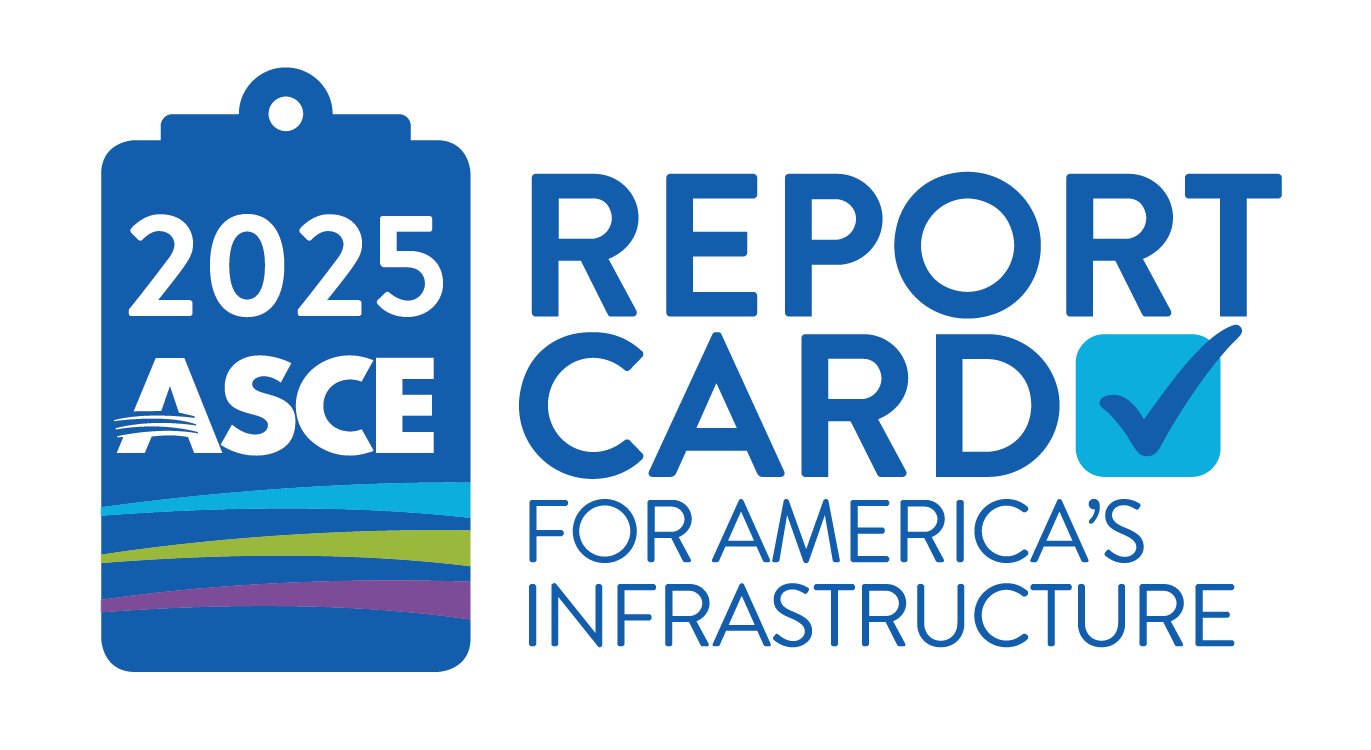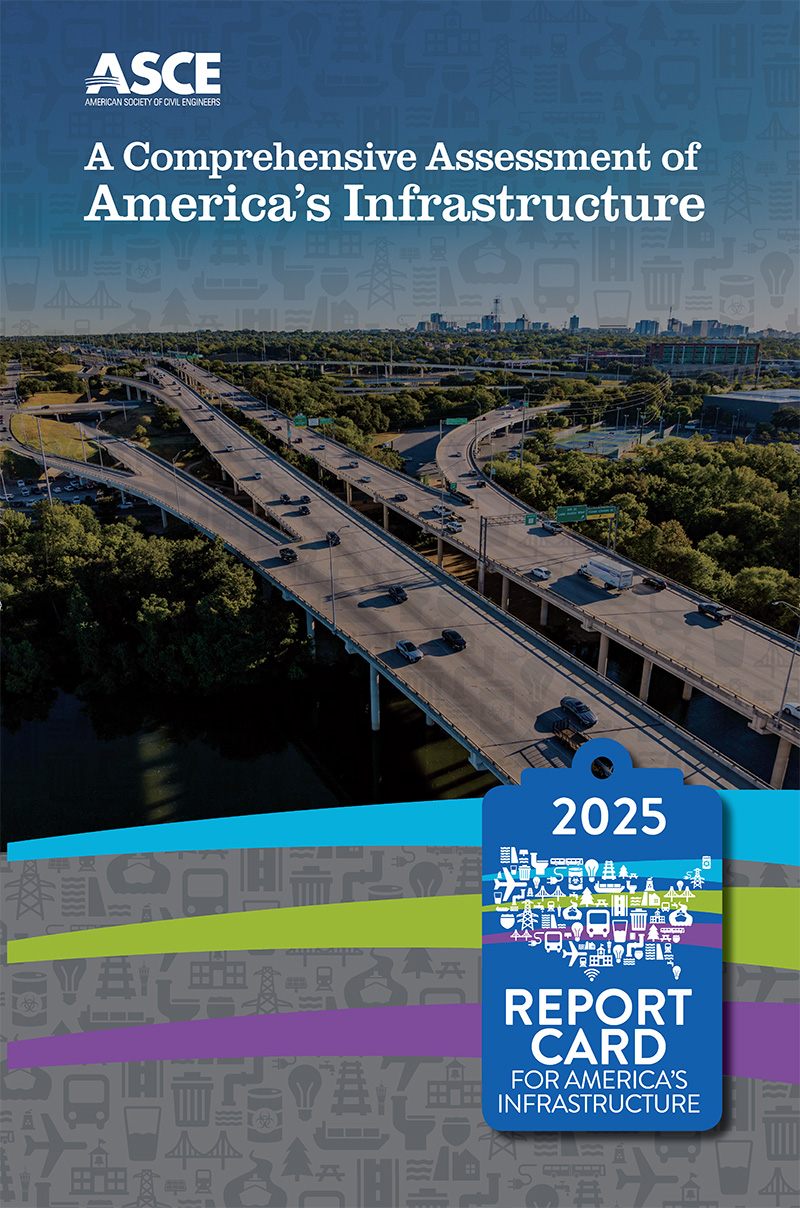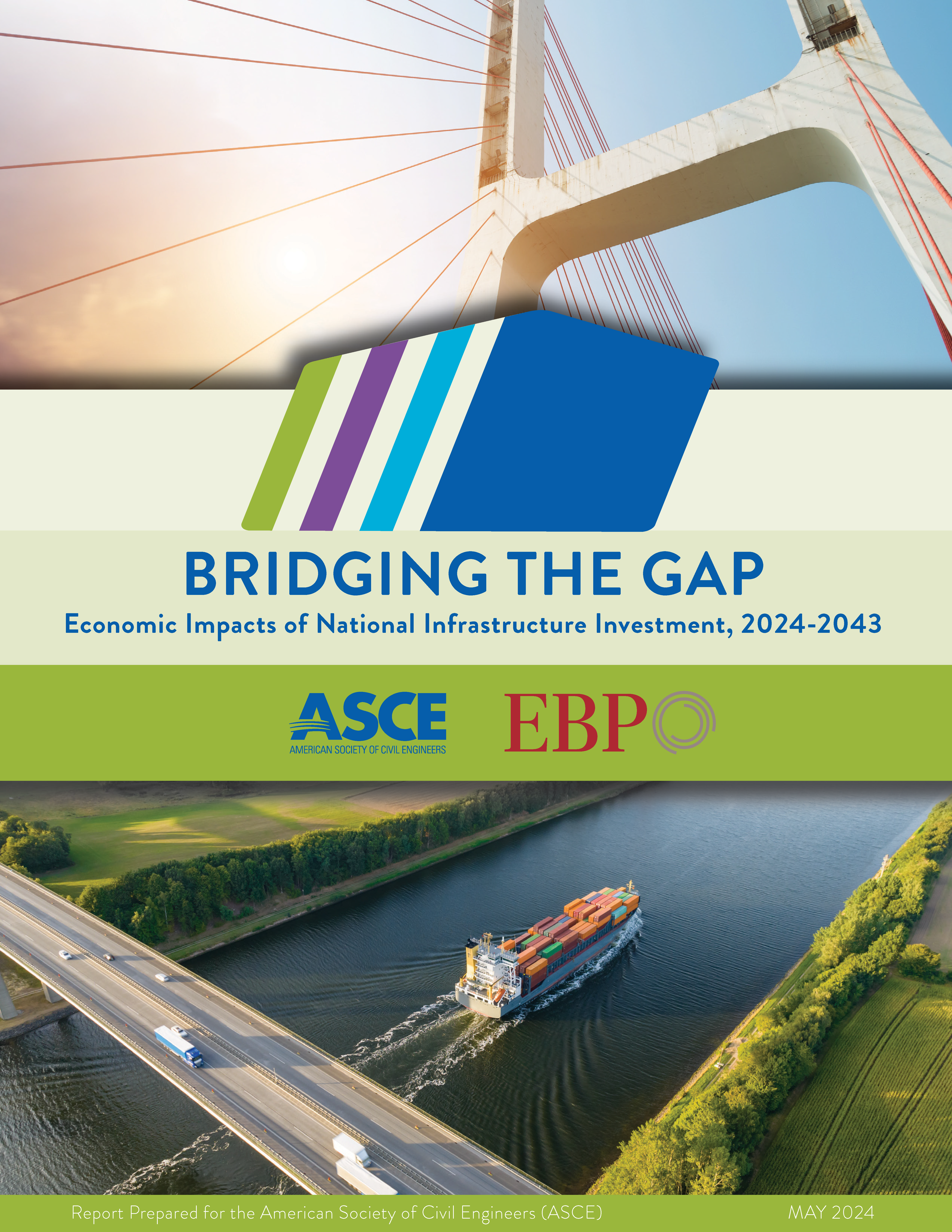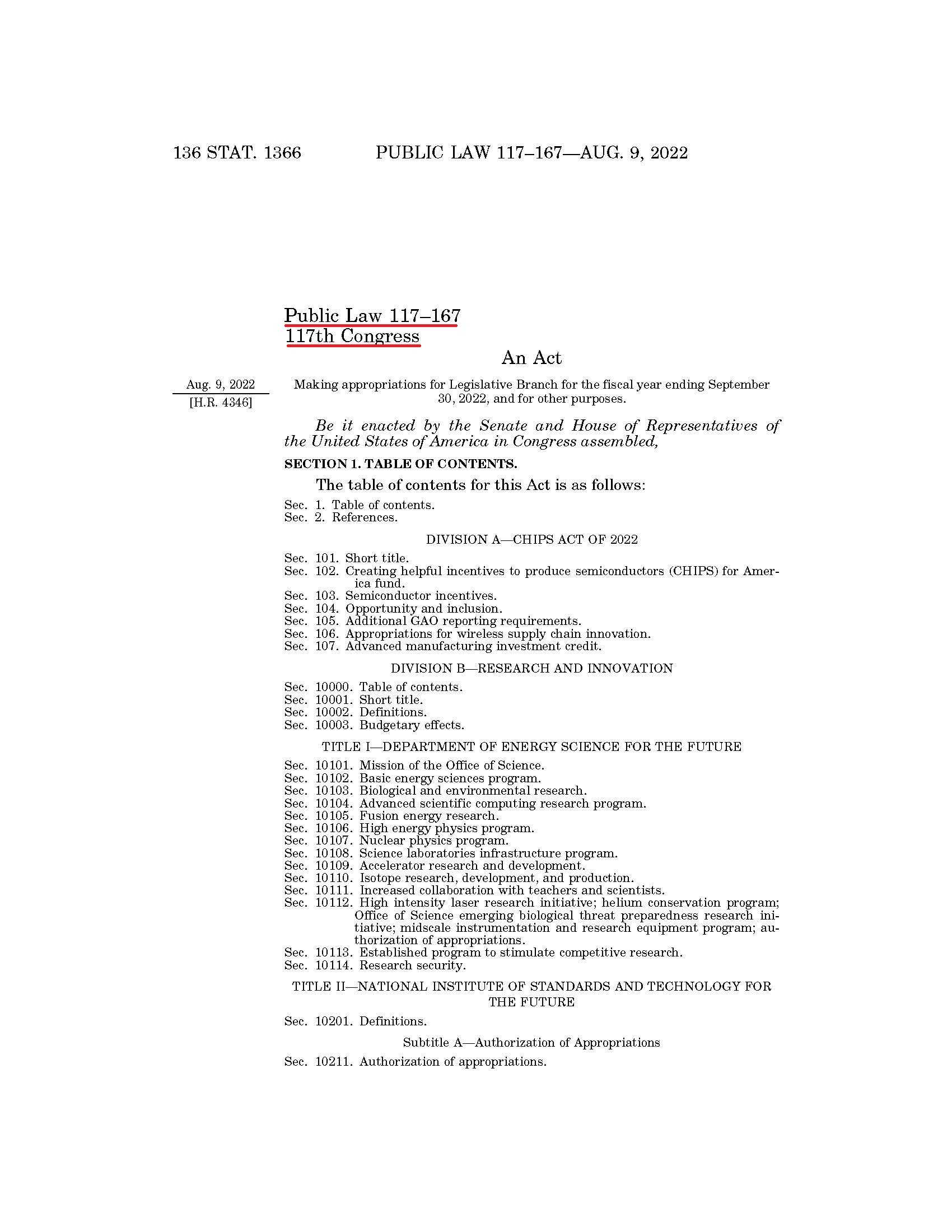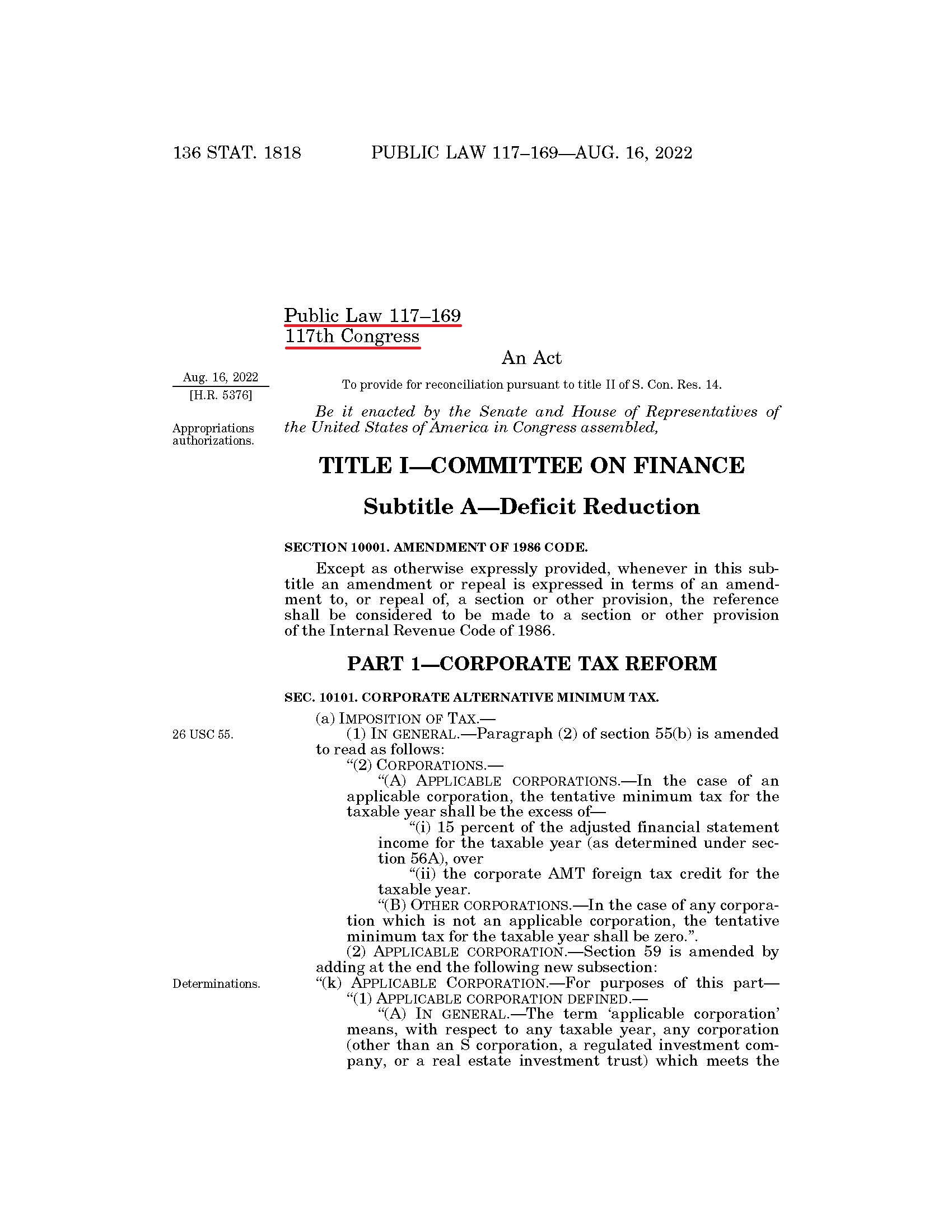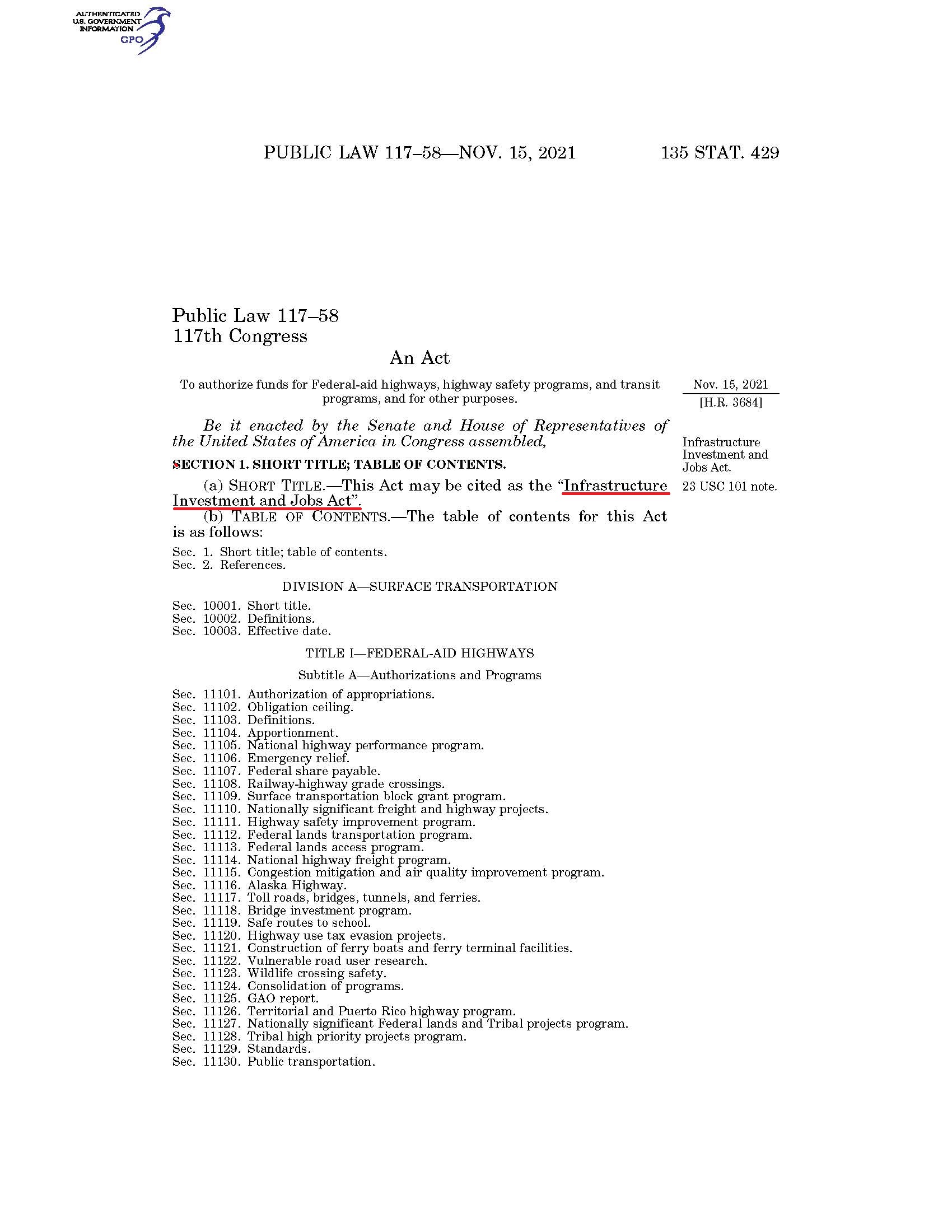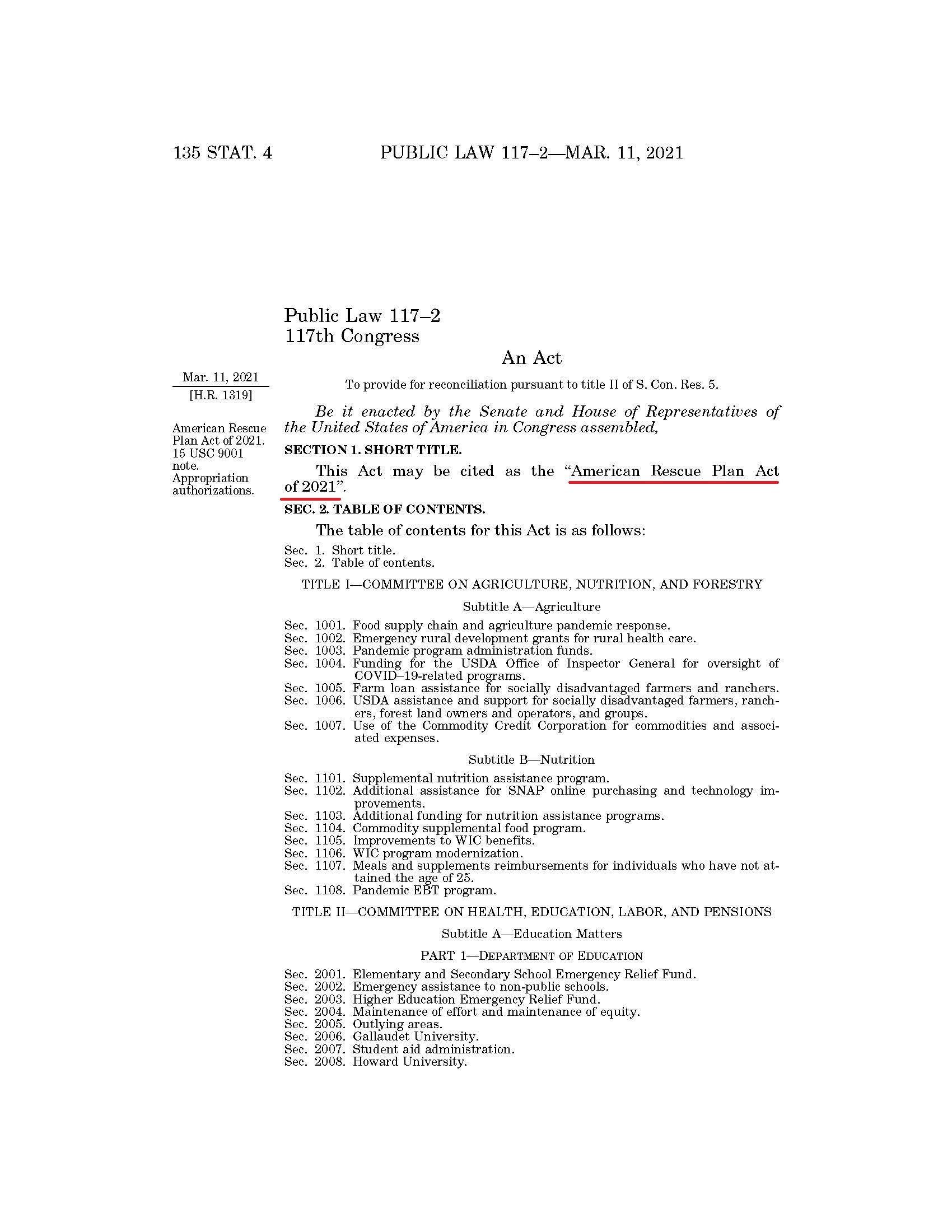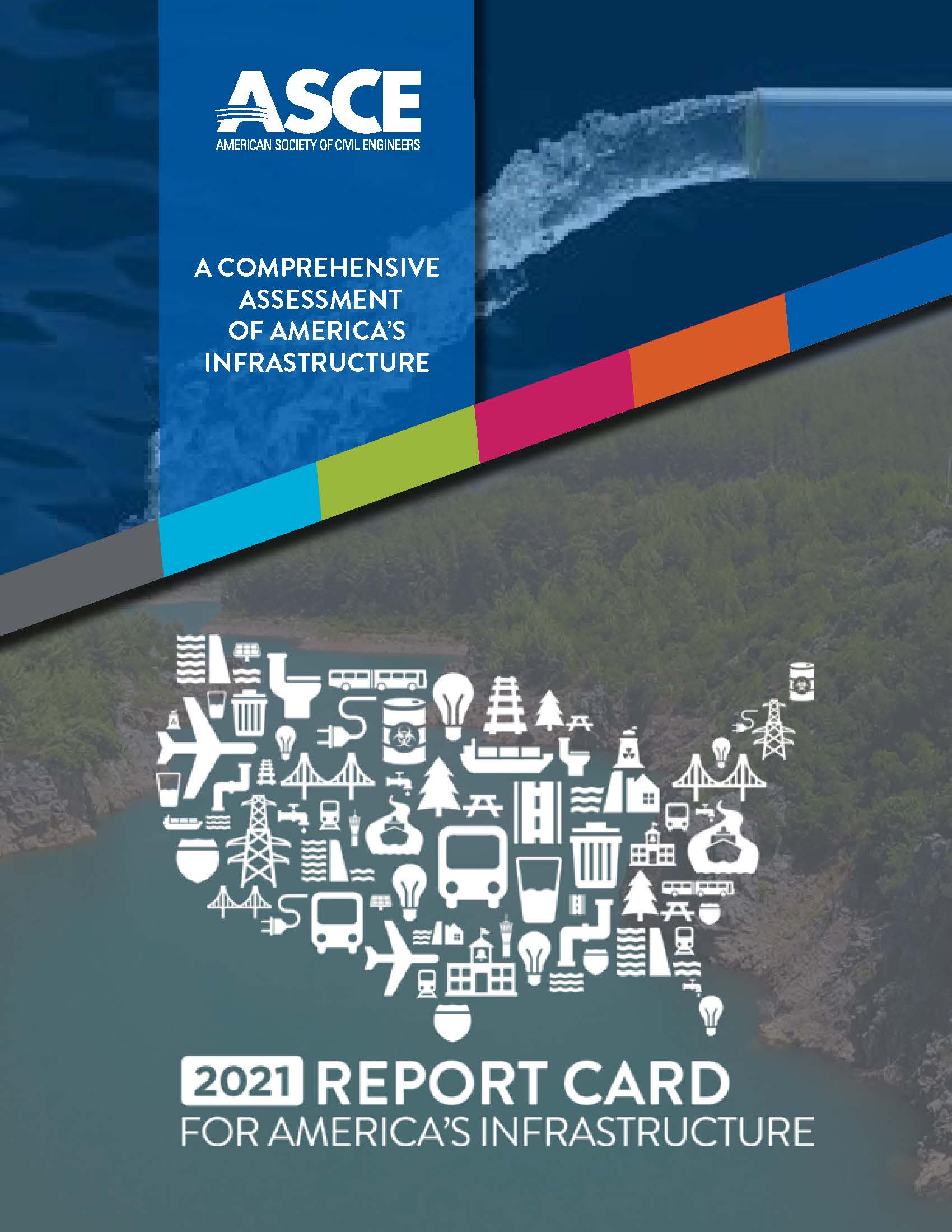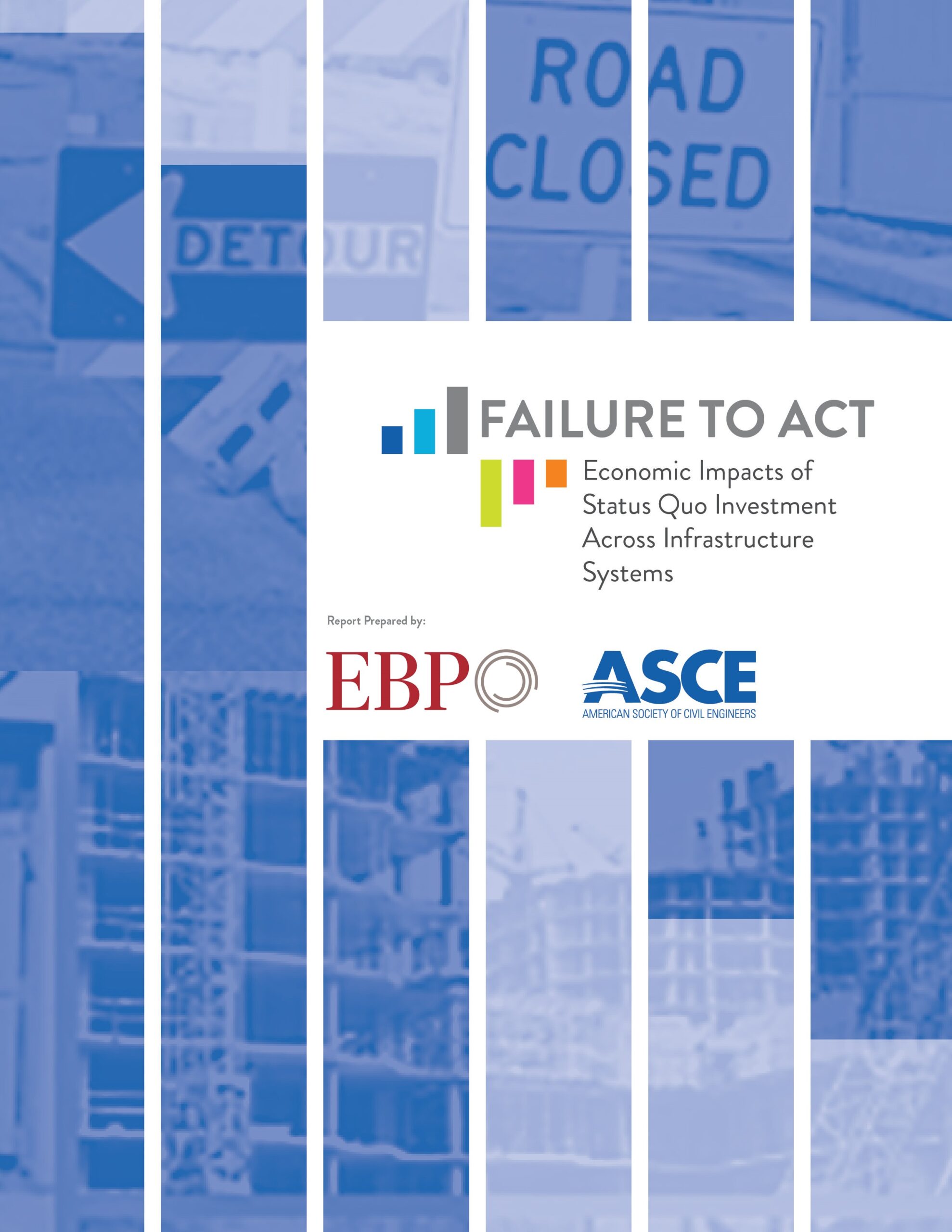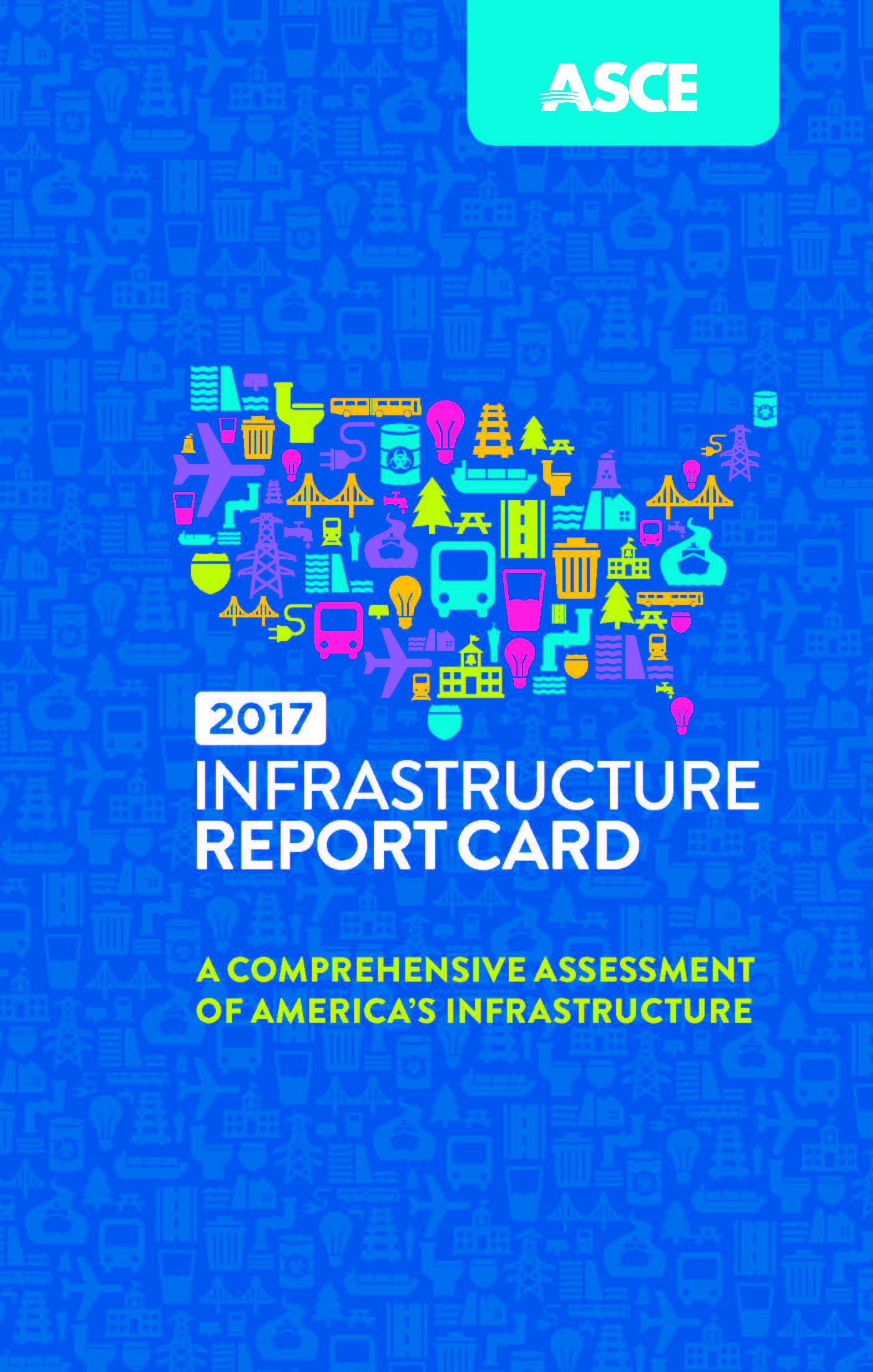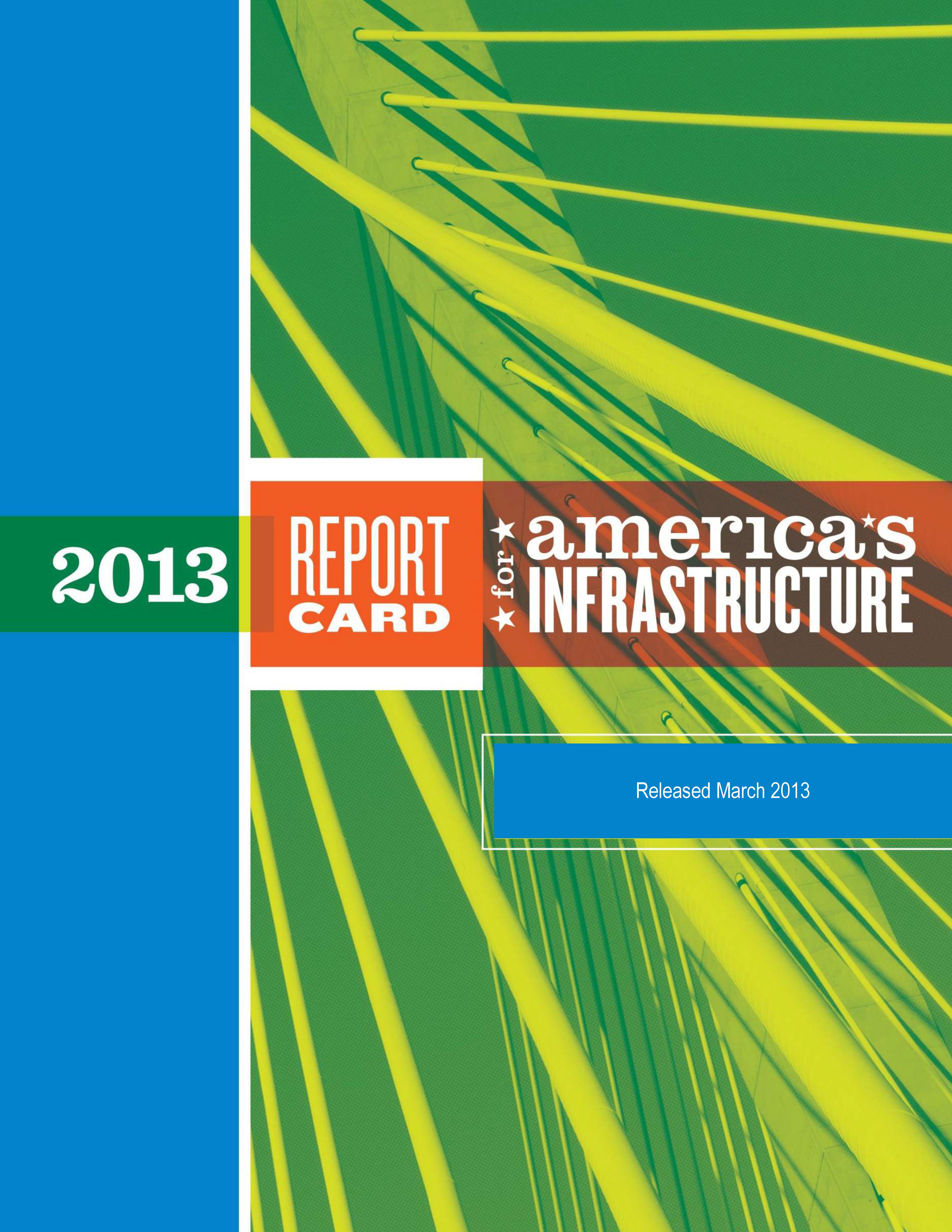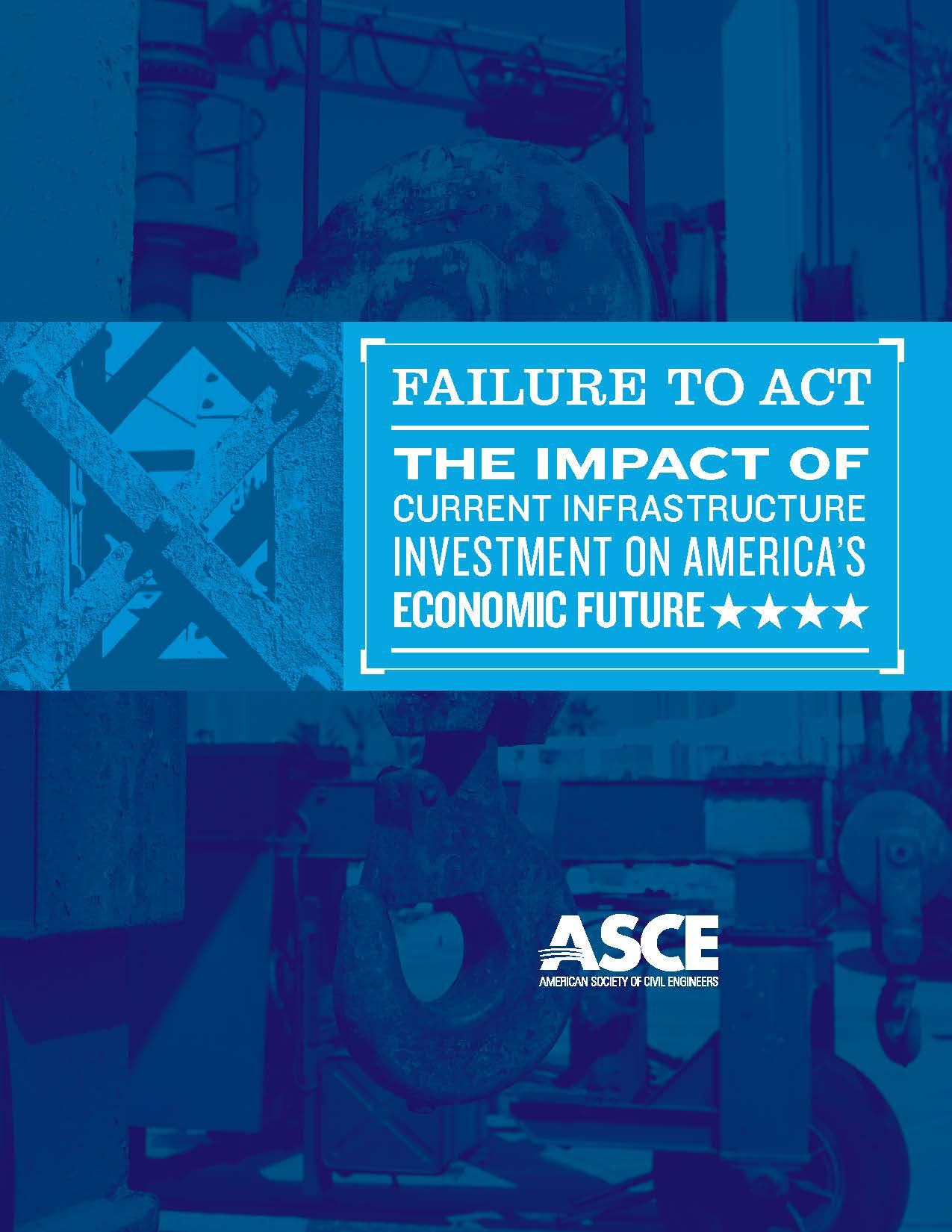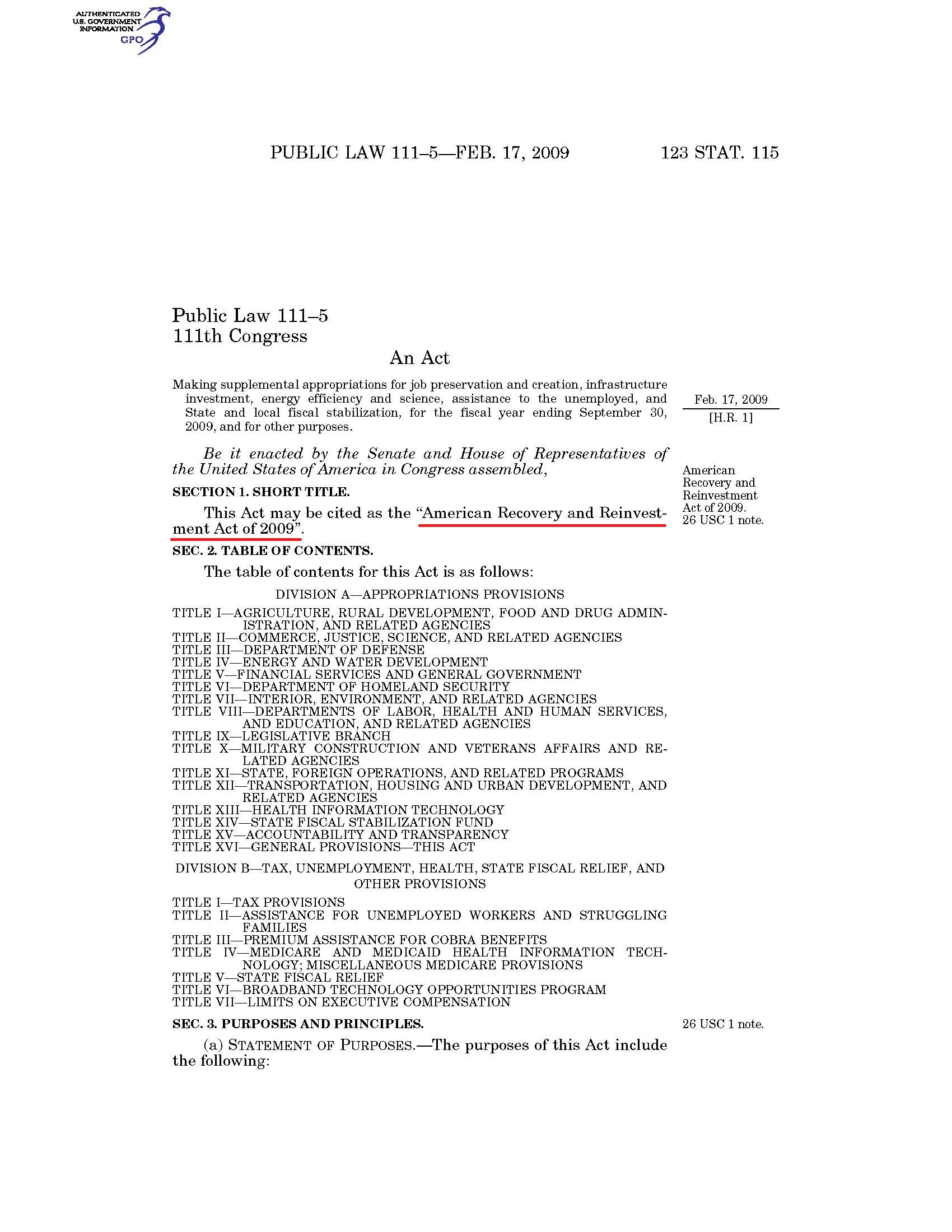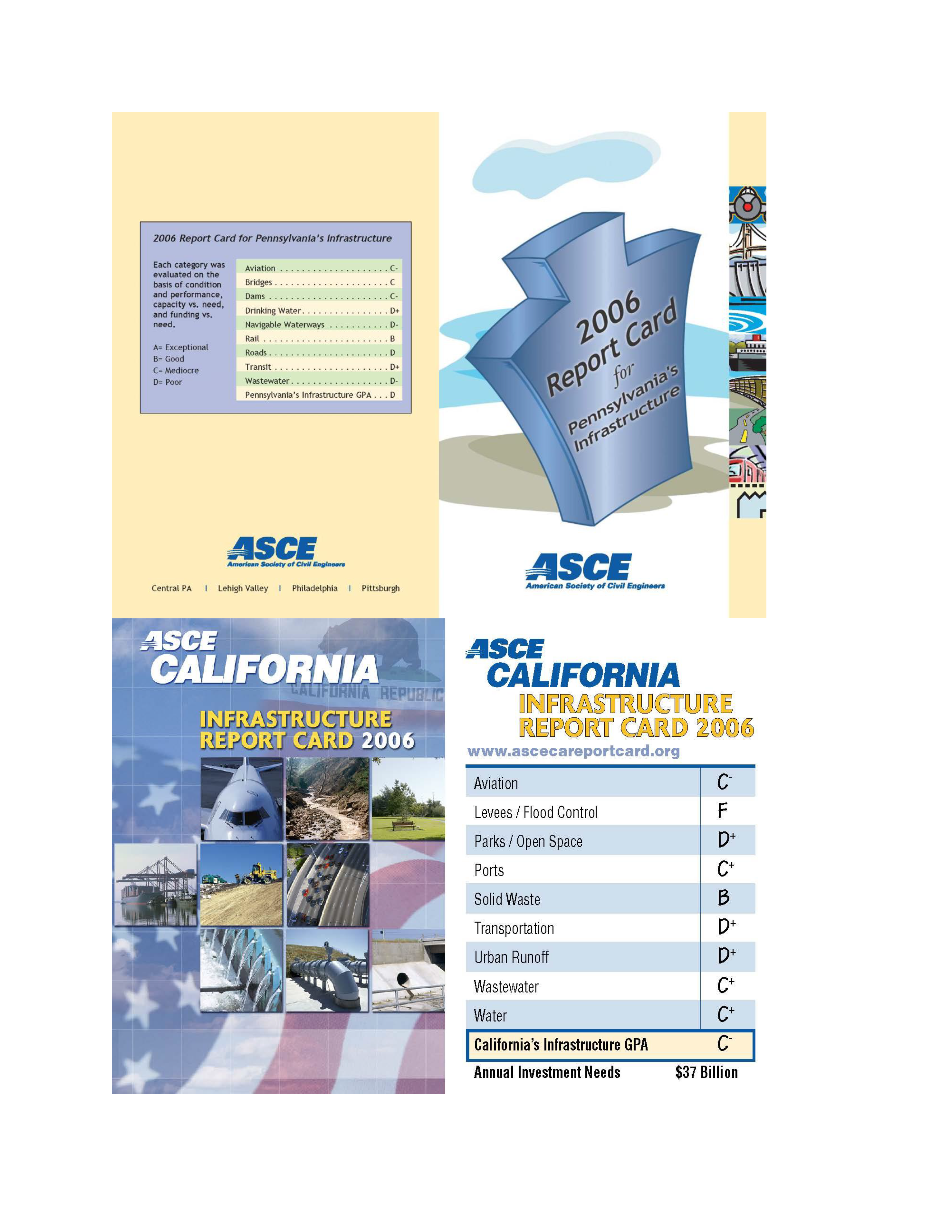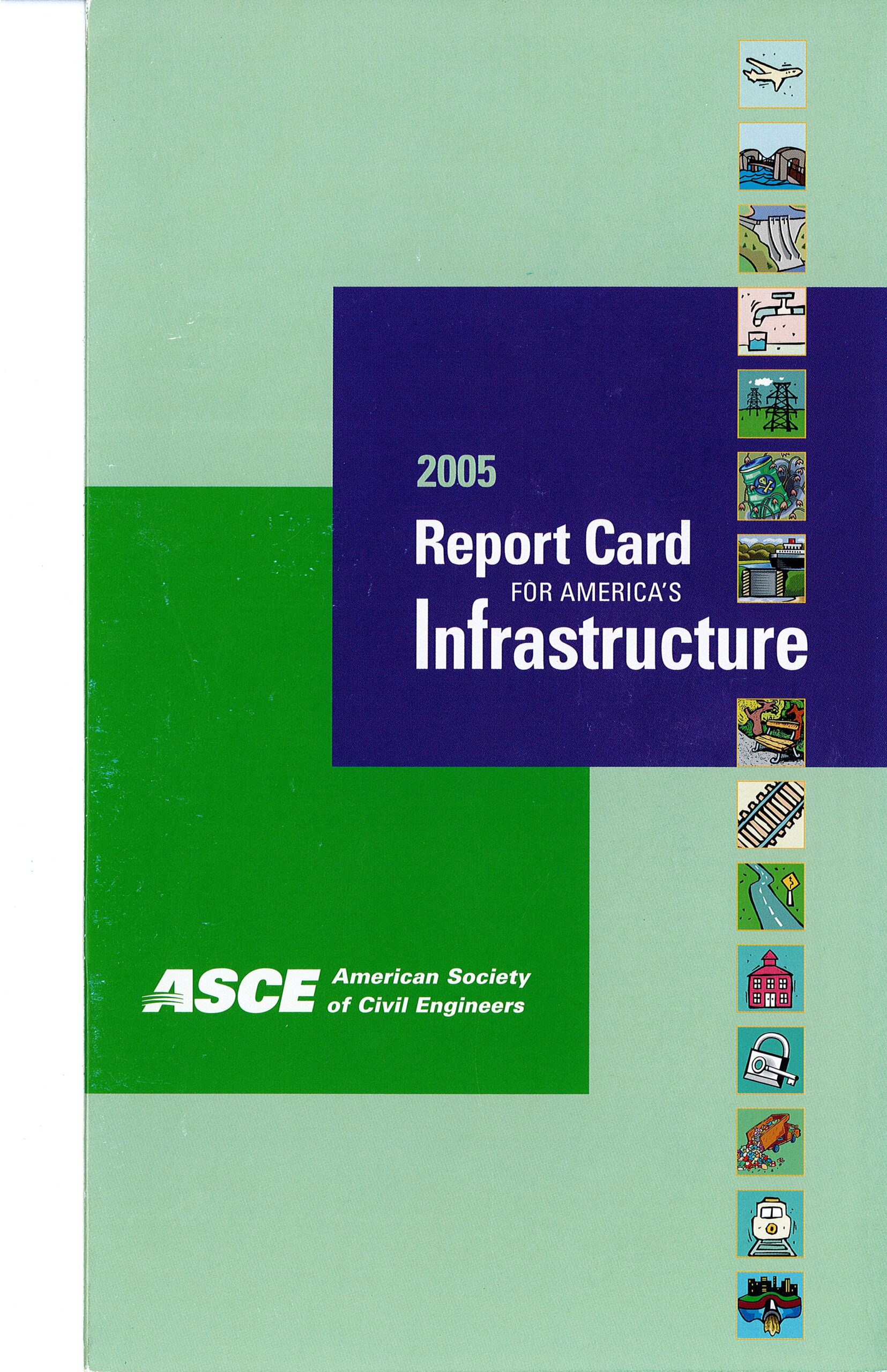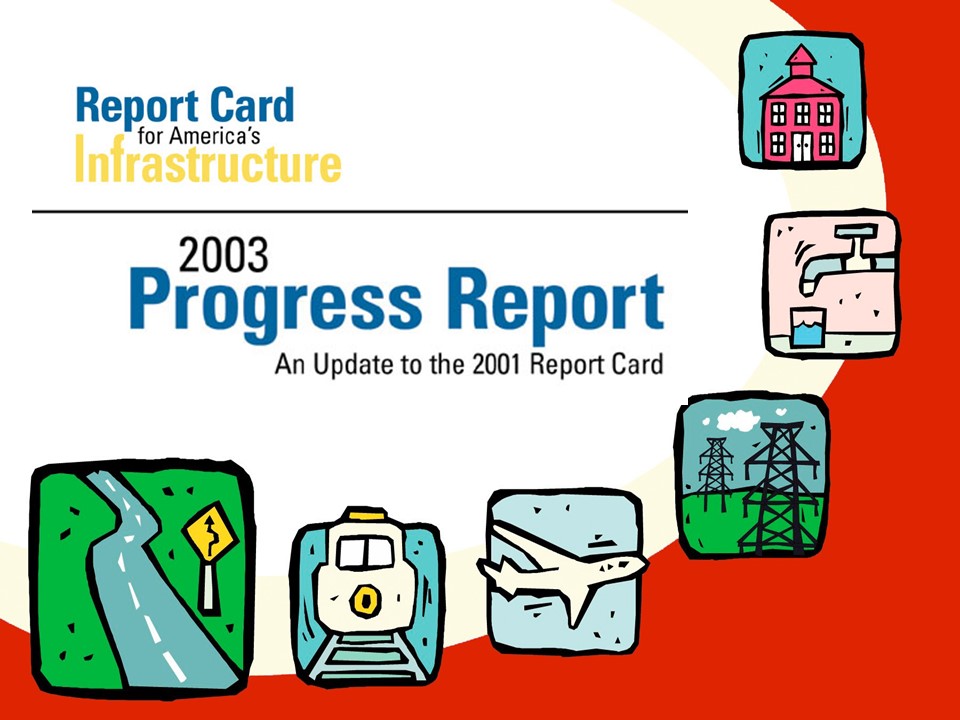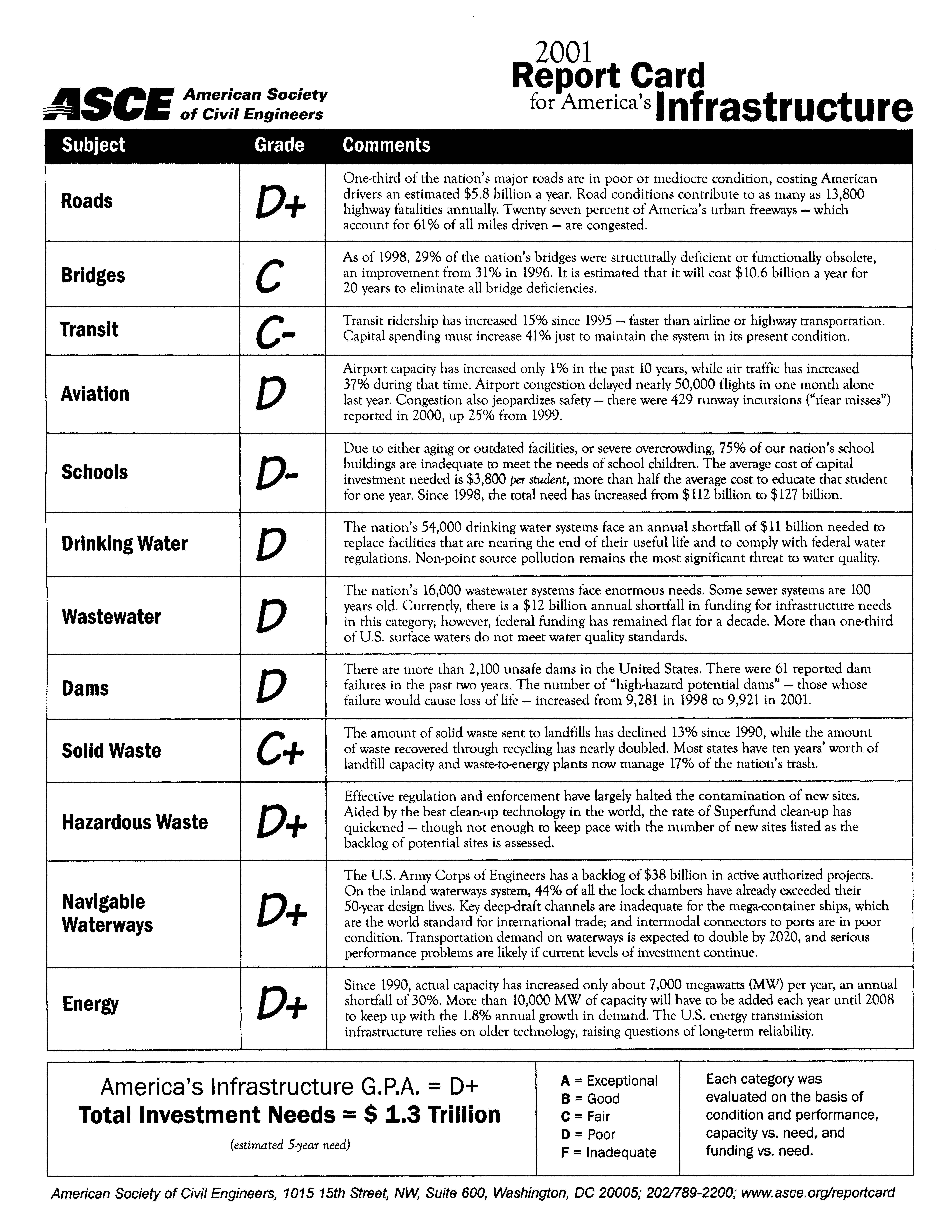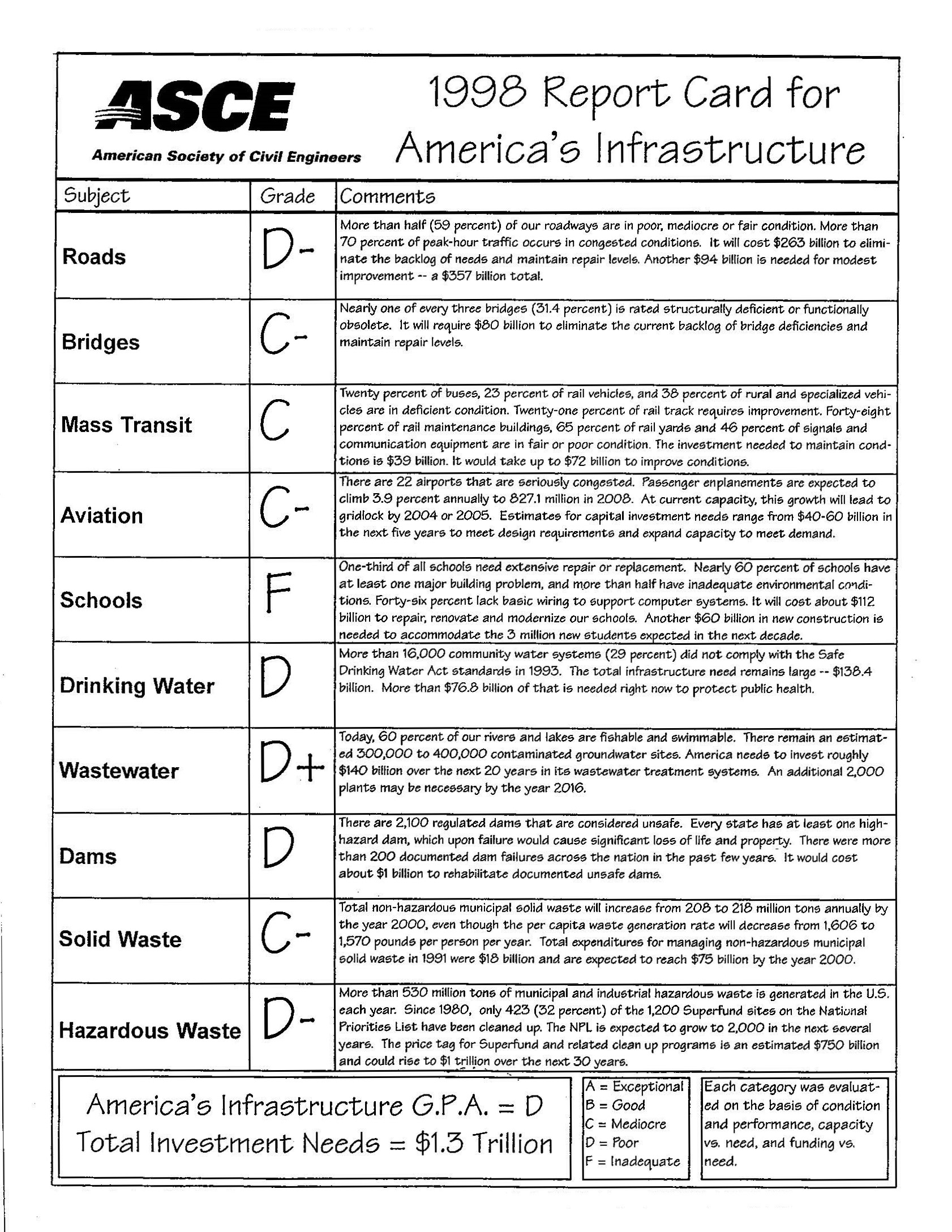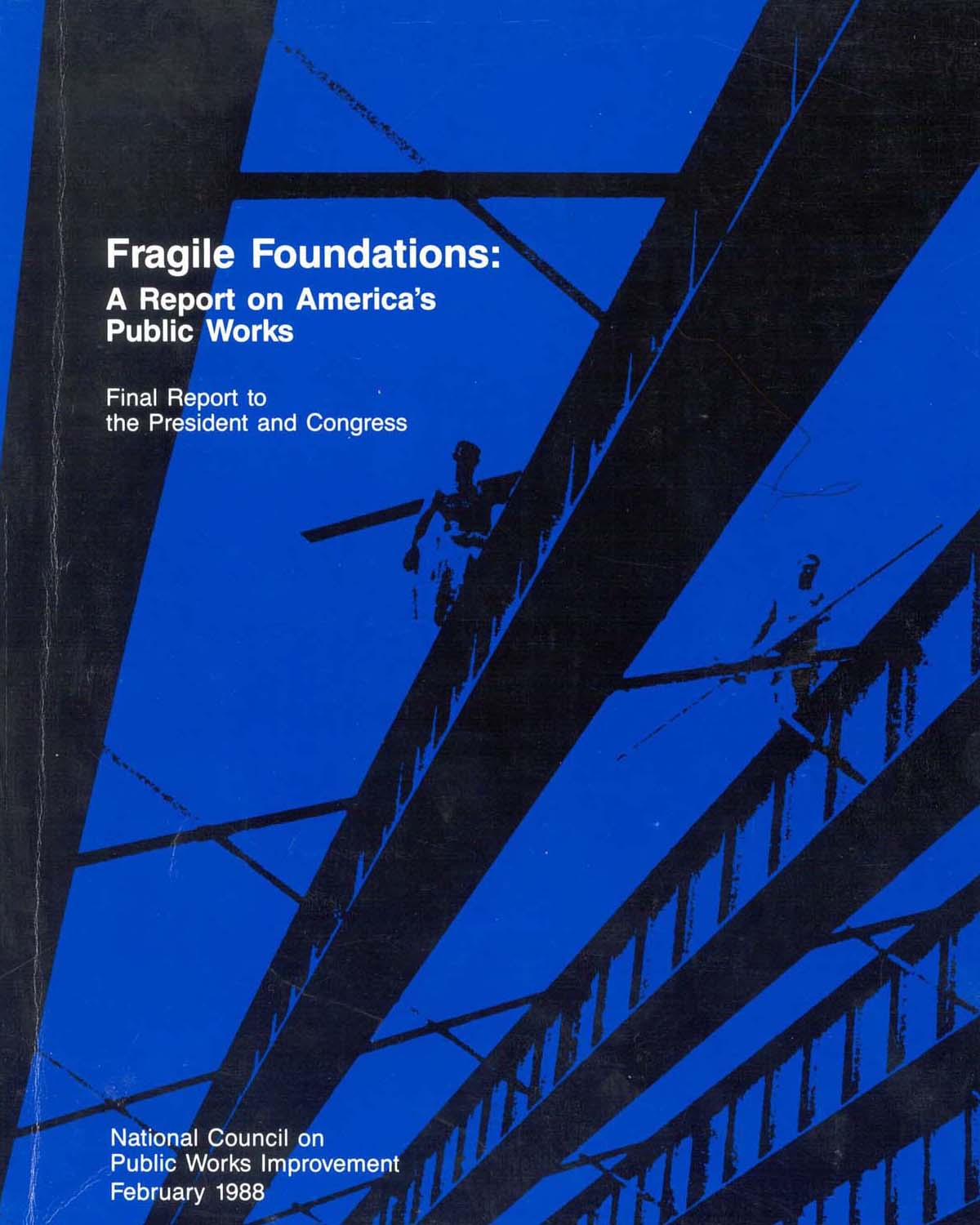2025 Report Card
Explore 2025 Report Card2025 Report Card
Report Card up to C Overall on Federal Investment Momentum
March 2025
ASCE releases the 2025 Report Card for America’s Infrastructure. The overall grade climbs to C, and Broadband becomes the 18th graded category – starting at C+ and benefiting from greater public data. The Hazardous Waste mark climbed two steps to C, highlighting the benefits of increased federal investments in programs for sites within the Superfund and brownfield programs, plus more significant funding to address legacy pollution sites of the Energy and Defense departments. 2025 Report Card recommendations include Sustaining Investment, Prioritizing Resilience, and Advancing Policy and Innovation. Those set of recommendations largely align with previous proposals in 2021, 2017, and 2013 Report Card editions, with momentum on some of the component action items.

